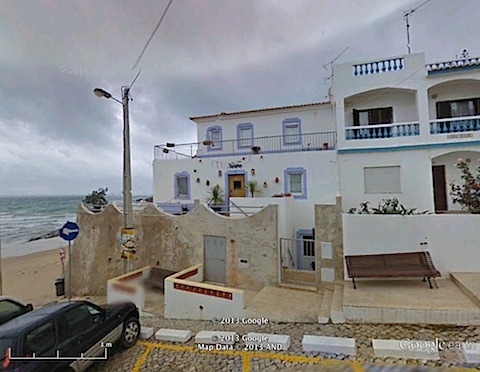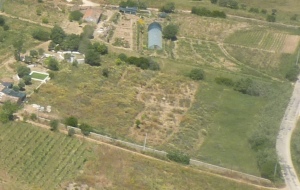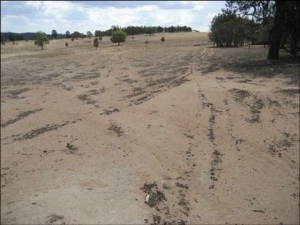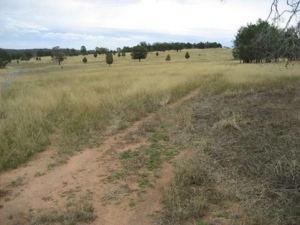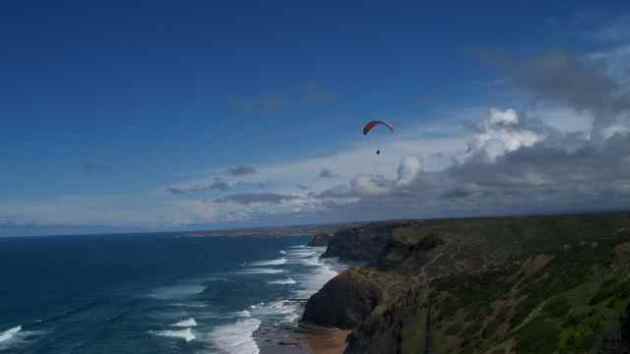
“Life is not measured by the number of breaths we take, but by the moments that take our breath away.”
It’s been an unusual spring, weather-wise, and one of the nice surprises in that for me has been a good few days of this sort: mostly clear sky with scattered cumulus, steady moderate breeze coming out of NW, building slowly through the afternoon… And that is my cue to toss paraglider into van and head west for those beach-bluffs just beyond Vila do Bispo.
This used to be my obsession: to log 50 hours of airtime a year -i.e. 4 hours hang-time per month, or 1hr/wk on average. I tend to be less obsessive about those numbers these days, but more successfully opportunistic. Being busier down on the farm, i’m much less “head in the clouds” from day-to-day, it’s fair to say. At the same time: being better attuned to nuances of weather, i’m always ready to fly when conditions turn ripe -as they did yesterday, when i took a flight of some 2.5 hours at Cordoama (as pictured above) and likewise on April 25 (“Liberation Day” here in Portugal, appropriately enough) when i was up for, i dunno, something approaching 4 hours, when the urge to pee finally brought me back to ground.
So what is it about this experience that makes it so compelling? If i had to put it in a word just now, maybe that word would be PRESENCE. In his book “The Power of Now” (what #1 son has given me to read), Eckhart Tolle uses this word a lot -saying at one point that this is the experience that draws certain people to adventure sports that compel your attention, because the price of INattention is simply unaffordable. There is of course this aspect -especially when it comes to takeoffs and landings- tho it’s pretty easy to “space out” during those very long stretches of time when you are quite literally floating in the clouds (something i struggle with maybe more than most, i must admit).
More than this state of mind, though, i think it is the emotions that arise naturally out of this experience that compel me to fly. In this breathtakingly beautiful landscape, to be struck by the sudden realization: OMG, i am SITTING IN A CHAIR IN THE SKY! …If such realization does not bring you at some point to tears of wonder and/or gratitude and/or joy, then you must wonder if there is anything in your world that ever will. (And if this is the case, then must urge you to watch this little clip of Lewis CK holding forth to Conan O’Brian on the miracle of flight, which might make you laugh until you cry, in spite of yourself 🙂
Anyway: futile as it obviously is to try and convey this ecstatic experience in static terms, the very last word on this must belong to the late RAF officer John Gillespie Magee Jr, in his poem “High Flight” (whenever i fly so high that i feel very close to God, and also very fond of my life on earth, in the same moment, i think of this one).
PS: Am also thinking of my late great older brother, who trained as a professional pilot, then gave it up entirely. “Didn’t see the point of burning holes in the sky anymore,” he told me in the end… But then again, it was he who first taught me to play tag with the clouds, back when i was just learning how to fly airplanes. Hey, bro: This one’s for you.


